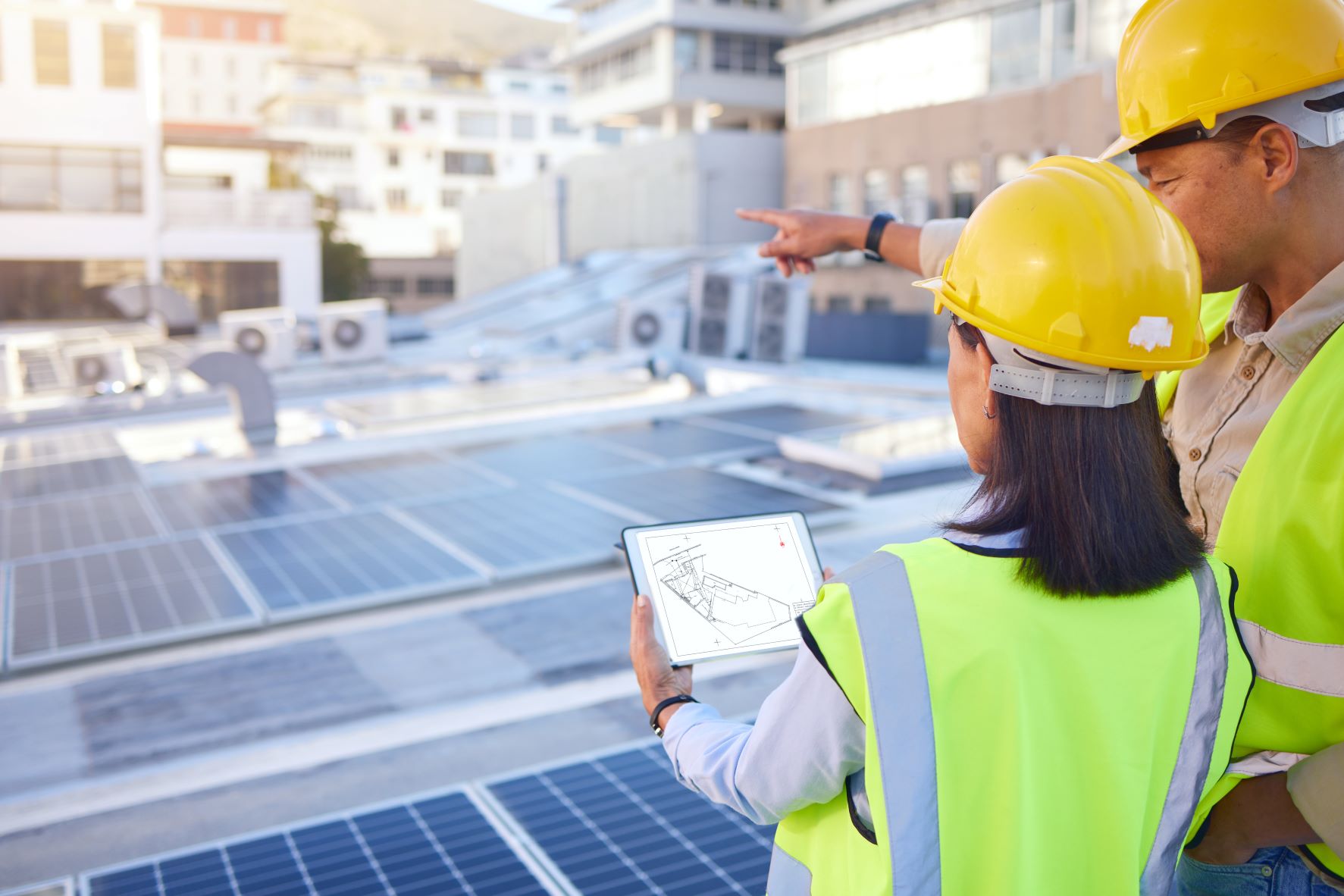
What Commercial Building Owners Should Know About 179D Deductions
As a commercial or multifamily building owner, you may or may not know about the 179D deduction, also known as the Energy-Efficient Commercial Buildings Deduction. In 2020, the Internal Revenue Service (IRS) made the 179D deduction a permanent part of the tax code; however, it remains underutilized as many building owners are unaware they can qualify for the incentive. The benefit can be up to $5.00 per square foot, and building owners can claim it as often as every three years with qualified improvements.
Commercial building owners, who are taxpayers, can benefit from the program in the form of accelerated depreciation. The basis for developing and supporting this deduction is a detailed engineering analysis and certification, as prescribed by the IRS.
What are Examples of Qualified Improvements?
Eligible improvements must reduce energy use by investing in any of the following categories: a building's envelope, HVAC or interior lighting systems. There are different ways to pursue a deduction, and all require certification by a qualified expert.
Taxpayers who invest in ground-up construction or improvements to their existing buildings are potentially eligible for 179D deductions. There are different ways to pursue a deduction, and all require comparison to specific ASHRAE Standards and certification by a qualified individual. Here are some examples:
- Building Envelope: Energy-efficient construction or improvements to walls, roofs, fenestrations, and doors
- HVAC: Improvements relating to energy-efficient HVAC systems and controls
- Lights: Construction or improvement to building lights for energy efficiency and controls
How Can Commercial Building Owners Claim 179D?
To determine eligibility requirements in accordance with the IRS, a certified third party must provide an engineer-backed study that includes certifications by a qualified, licensed professional.
Can Architects and Engineers Claim 179D?
Architects, designers, and engineers of government-owned buildings can also claim the deduction for their work on tax-exempt buildings, including all levels of government from local through federal, military, K-12 schools, universities, and nonprofit and tribal organizations. Because these building owners are not taxpayers, they do not need the deduction and can allocate it to the firms that designed the energy-efficient properties.
What Did the Inflation Reduction Act Change?
In 2022 and prior years, architects, engineers, and design-build contractors are eligible to receive allocations on projects they designed for federal, state, and local government-owned buildings. Starting in 2023, they can also receive allocations for their design work on the tax-exempt entities, which means many building types previously ineligible to participate in 179D can now do so.
Further, the Inflation Reduction Act significantly expanded the program’s benefit to $5.00 per square foot.
Note: If you are an architectural firm that owns your own building, you could also claim the deduction on the building where you perform your work.
Commercial building owners who have constructed new buildings or renovated older buildings should take advantage of this powerful building incentive. A 150,000-square-foot building could have a tax deduction of $750,000 available to them. Those looking to claim the deduction should do so by finding a trusted advisor to partner with and help navigate them through the process. If you have any questions about whether you qualify for this program, the Moore Colson Real Estate and Construction Practices can help. Contact us for more information.


